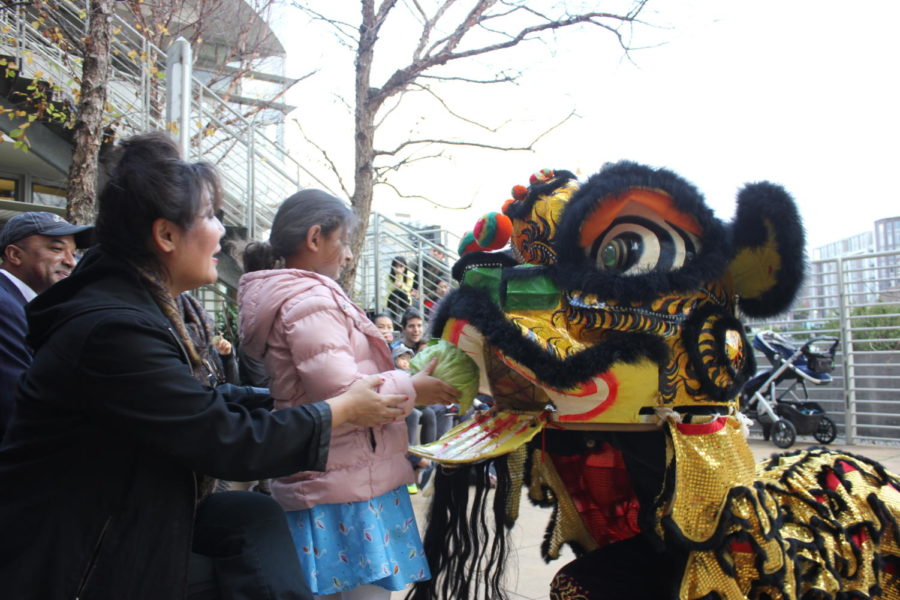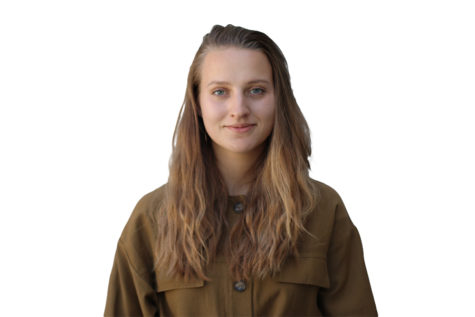During the Chinese New Year performance, the Lion Dancers swept through the streets of San Francisco to bring the holiday and its traditions to the residents and visitors.
“We have been doing this for over 30 years,” said Lorraine Yee, an organizer. “We are part of the Jing Mo Athletic Division that started in Shanghai in 1909.”
The dancers, who are a part of the martial arts school, strive to pass down the traditions and their heritage through their performance.
“We are for culture and education,” Yee said. “We want to pass our traditions and history to the next generation.”
The performers believe that their program greatly contributes to the public’s education about the Chinese New Year and its oldest customs.
“Most of us are volunteers,” said Leroy Chan, a performer. “We have been doing it because we like to perform for the public and tell them all about our favorite holiday.”
The performers combine elements of martial arts with some of the oldest dancing styles to create the Lion Dance.
“The performance consists of the Lion Dance, a tradition that developed in China thousands of years ago, as well as some individual performances,” Yee said. “We combine performance with narration to show all the traditions of the holiday.”
The program was designed to show the public the most important parts of Chinese New Year.
“We have been watching this performance for the past couple of years,” said Sue Lopez, a San Francisco resident. “The dragons with their colorful, giant head and the cabbage that they threw at us were the most memorable parts of the performance.”
In addition to the Lion Dance, the audience was taken away by the narration and the music that accompanied all elements of the performance.
“The performance was very unique, it’s nothing like we have seen before,” Lopez said. “It was really set apart from everything else because of how bright and action-filled it was.”
The performers believe that their program would not only educate the audience but would also contribute to the preservation of thousand-year-old traditions.
“We are living history. Everything that we know about our ancestors we should pass along to the next generation,” Yee said. “This performance is also a part of living history. We need it to keep traditions and customs alive through generations.”


